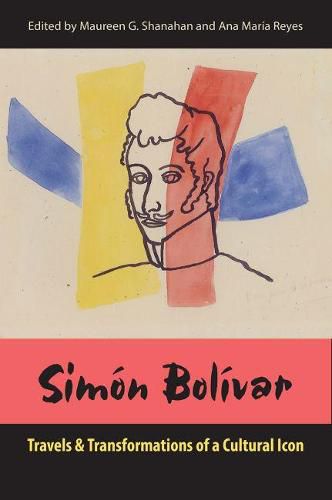Readings Newsletter
Become a Readings Member to make your shopping experience even easier.
Sign in or sign up for free!
You’re not far away from qualifying for FREE standard shipping within Australia
You’ve qualified for FREE standard shipping within Australia
The cart is loading…






One of Latin America’s most famous historical figures, Simon Bolivar has become a mythic symbol for many nations, empires, and revolutions used to support wildly diverse-sometimes opposite-ideas. From colonial Cuba to Nazi-occupied France to Cold War-era Slovenia, the image of El Libertador has variously signified loyalty, national unity, liberation, freedom, and revolt.
In this volume, an array of international and interdisciplinary scholars shows the ways Bolivar has appeared over the last two centuries in painting, fiction, poetry, music, film, festival, dance, city planning, and even reliquary adoration. They illustrate how Bolivar’s body has been exalted, reimagined, or fragmented in different contexts, taking on a range of meanings to represent the politics and poetics of today’s national bodies.
By critically analyzing many examples of cultural Bolivarianisms, or cults of Bolivar, this collection demonstrates the capacity of the arts and humanities to challenge and reinvent hegemonic icons and narratives and, therefore, to be vital to democracy.
$9.00 standard shipping within Australia
FREE standard shipping within Australia for orders over $100.00
Express & International shipping calculated at checkout
One of Latin America’s most famous historical figures, Simon Bolivar has become a mythic symbol for many nations, empires, and revolutions used to support wildly diverse-sometimes opposite-ideas. From colonial Cuba to Nazi-occupied France to Cold War-era Slovenia, the image of El Libertador has variously signified loyalty, national unity, liberation, freedom, and revolt.
In this volume, an array of international and interdisciplinary scholars shows the ways Bolivar has appeared over the last two centuries in painting, fiction, poetry, music, film, festival, dance, city planning, and even reliquary adoration. They illustrate how Bolivar’s body has been exalted, reimagined, or fragmented in different contexts, taking on a range of meanings to represent the politics and poetics of today’s national bodies.
By critically analyzing many examples of cultural Bolivarianisms, or cults of Bolivar, this collection demonstrates the capacity of the arts and humanities to challenge and reinvent hegemonic icons and narratives and, therefore, to be vital to democracy.